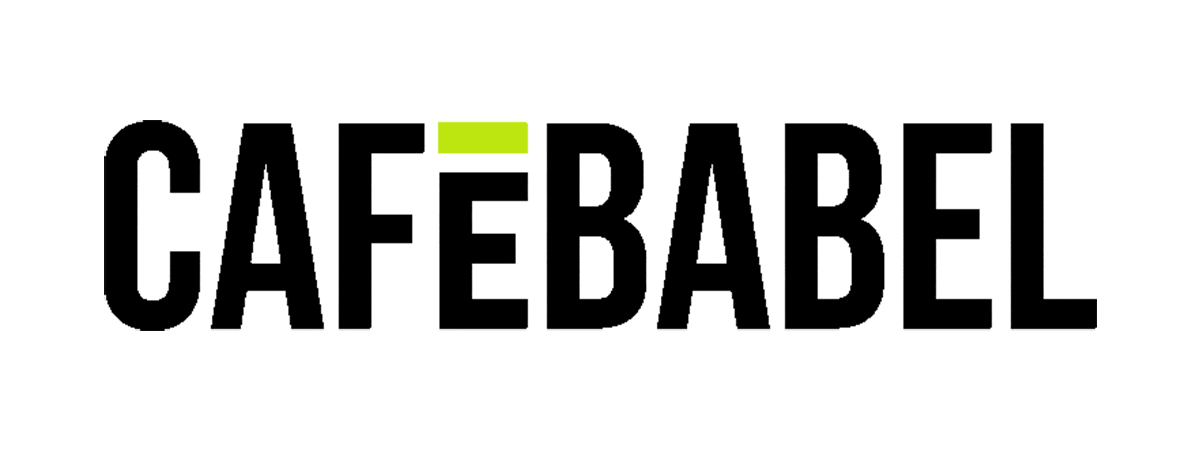What is a "dialogue between cultures"?
Published on
At the beginning of September took place in Potsdam, Germany the M100 Youth Media Workshop, an event conceived to gather young journalists from all over Europe. In its third edition the theme raised was: "Dialogue between cultures".
The 41 participants from 14 different countries (Sweden, UK, Denmark, Switzerland, Poland, Hungary, Latvia, Lithuania, Italy, Germany, France, Finland, Macedonia as well as Israel and Palestine) amongst other things discussed ethical and moral principles in Europe, freedom of the press after the Danish cartoons controversy, religious questions and globalisation.
I think we are all children of the age of technology and knowledge. This is our common culture. It means that we are citizens of the world. Because the internet is a place without borders, we adopt this frame of mind. “We stop thinking of the borders of our countries and start to think more of what we are interested in,” says Yermi Brenner from Israel. So what does the phrase “dialogue between cultures” mean? “It means that people are getting to know people who are different from them,” Jermi says. “They learn about different opinions and thoughts on what is important in life and what is not. It means getting to know other people, anyone that is different from you.”
Malene Rykaer from Denmark thinks that the word “dialogue” is often misunderstood. “I think in the Western world, even though you say the word ‘dialogue’ when you consider the whole world, you really think about teaching others the values of the Western world, and then you think you have a dialogue. But really, that’s a monologue.”
While discussing various subjects in the workshops, one topic was the case of the Danish cartoons of the prophet Muhammad and the following reactions. Was this an example of a “clash of cultures”? “In a way it was,” Malene says. “You can isolate it as a national conflict within Denmark. But you can also look at it as the Western world and its interference in the Middle East and its view of Islam and the treatment of people belonging to these regions of the world. You can see the cartoons as a symbol of that and that is how it was used internationally. But I think it’s too easy to blame the cartoons, because the problem is much deeper. But the discussion never got to the point. It ended up being about embassies burning and stupid drawings.”
Yegor Samusenko from Ukraine considers this controversy a “clash”, but he thinks that the media played an important role when the conflict started. “To me, there are only a few examples of real clashes of cultures. This conflict was enlarged by the media. The mdia likes conflict. In a situation where there is no conflict there is no need for some types of media,” he says.
Yermi has quite a different experience when it comes to cultural differences. “Clash of cultures is for me when one person’s culture, one person’s belief, contradicts or goes against another person’s belief. There are examples everywhere in my country, Israel. There is definitely a clash of cultures. Maybe eighty percent of the people are Jewish, which means they have a certain kind of culture, and twenty percent of the people are Muslim and they have a different kind of culture. Religion affects culture and this causes a lot of problems, because people with different beliefs try to live together, but sometimes their beliefs contradict each other and you have a clash of cultures.” Regarding the case of the cartoons he clearly thinks it shows that there were significant differences between Western culture and other cultures. “One culture, the Western culture, believes that everything can be criticised and that contradicts another culture’s belief, which is ‘you hurt my pride if you say something bad about the prophet of my religion.’ Two beliefs clash, and there you have a clash of cultures.”
What do you mean with “Western culture”?
“Western belief is that everyone can be criticised, and that nothing is holy, and you have the freedom of speech – freedom to express yourself in anyway and about anything and it’s your opinion. That’s the western belief, the way I see it.”
But there are different opinions about the cartoons within the Western society as well. What does that tell you about “Western culture”?
“Publishing these caricatures was on the border between two Western beliefs. One is that everything can be criticised and the other one is that people’s culture should be respected and it should be tolerated. So even within the Western culture itself, this was some kind of a borderline.”
Is respect for other cultures a Western idea?
“No, it’s not a Western idea, but in the modern world, in the West, they put more emphasis on this.”
How do you create a dialogue between cultures?
“You have to have interest in order to create a dialogue and understand what is going on in other cultures, especially when it is a culture in conflict with your own culture. I have interest, so even though I live in my bubble in Tel Aviv and sit on the beach, play Frisbee and go to bars, while people a hundred kilometres away are dying, I try to understand their situation.“
“A dialogue can be many things,” says Malene. “It can be that you just talk to your neighbour who maybe comes from another culture, and you exchange some ideas. But it can also mean that you meet politically. I think that because of the globalization the clash of cultures is definitely much smaller when I meet people from my own generation then for example when I meet old people in my own country. In that case, there is a bigger difference and a bigger clash.”



